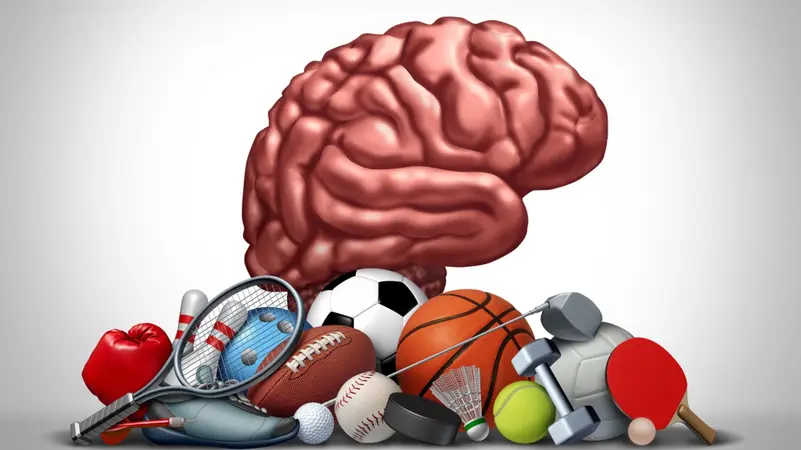Dubai, United Arab Emirates – A team of researchers in the United States has found that a chemical compound formed in the body during exercise inhibits the feeling of hunger inside the brain.
Researchers from a group of American universities and research institutions, including Stanford University School of Medicine and the Dan Duncan Neurological Research Foundation in Texas, found that the chemical compound “Lac Phe”, which the body secretes during exercise, inhibits the feeling of hunger by affecting nerve cells in the brain.
They stressed that this discovery may help in finding new treatments for the problem of obesity and overweight.
During the study published in the scientific journal Nature Metabolism, which specializes in metabolic diseases, researchers found, after conducting a series of tests on laboratory mice, that physical exertion reduces appetite in mice and helps in losing weight.
“Regular exercise is an effective way to lose weight and prevent obesity-related diseases such as diabetes and heart disease,” says researcher Yang He, an assistant professor of neurology at the Dan Duncan Research Foundation.
He added that exercise helps in losing weight by increasing the amount of energy the body consumes.
But there are other mechanisms that likely help in this process as well.

Promising results for humans
“We investigated how the brain regulates appetite and feeding behaviors, and found that the compound Lac Phe is important in helping people who need to lose weight,” Yang explained.
The researchers found that this chemical compound acts directly on AgRP-type neurons located in the hypothalamus within the brain.
It is responsible for activating the feeling of hunger and reducing its activity.
This allows the activation of another type of nerve cell that gives a feeling of satiety and is called PVH cells.
Although this study focused on mice, its findings are promising for humans.
However, more research is needed to further understand the role of Lac Phe in various metabolic problems such as obesity or thinness.
In addition to understanding how the brain deals with the feeling of hunger, these results can be used for therapeutic purposes.

















